1. Know Your Cargo Bike Type Before You Move It
Not all cargo bikes are the same. Before you plan how to move it, it's important to understand your model.

Why it matters: knowing your type helps you choose the right vehicle, ramp, or trailer for transport — and avoid damaging the frame or electronics.
2. Short Distance? Use Pedal Power or Public Transport
This is perfect for family trips, taking the cargo bike on vacation, or just visiting a weekend market across town.
3. Long Distance: Car, Van, or Trailer?
Transporting a cargo bike by car can be challenging — but not impossible.

Option 1: Inside a Van or Estate Car
If you own a large van or estate car:
- Remove the front wheel (especially for long-tail or front-loader bikes).
- Turn the handlebar sideways.
- Protect the frame with soft blankets or foam.
Option 2: Bike Trailer
For longer models or three-wheel electric tricycles, a bike trailer is often the safest option.
- Choose one with adjustable clamps and straps.
- Secure both wheels to avoid side movement.
- Cover the e-bike to protect it from rain and dust.
Option 3: Roof Rack or Tow Bar Rack
Some premium racks are now designed for cargo bikes — especially those with shorter wheelbases.
Check:
- Rack's weight limit (cargo e-bikes often weigh 35–60kg).
- Legal width for your country (EU road rules vary!).
- Use a loading ramp for heavy e-bikes.
4. Traveling Abroad or on Vacation

Taking your cargo bike on vacation is becoming more popular, especially among families and adventure riders.
If you plan to cross borders in Europe:
- Check train policies — for example, Deutsche Bahn allows bikes on many routes, but not all cargo models.
- Consider shipping services (some companies like Bike Flights or DHL handle oversized bikes).
- Detach the battery and pack it separately (airlines and ferries often have strict lithium battery rules).
- Use soft-shell bike bags for protection if flying or using bus transport.
Tip: If you travel frequently, a compact e-bike with front cargo might be a smarter choice — it fits better in vans and storage spaces.
5. For Businesses: Fleet Transport and Urban Logistics
For business users— delivery companies, mobility startups, or rental operators —transporting cargo e-bikes efficiently is a key part of operations.
When you buy in bulk or move bikes between city hubs:
- Choose modular, lightweight cargo bikes designed for easy handling and compact storage.
- Prioritize narrow frame designs (they fit better in vans and avoid urban width restrictions).
- Look for suppliers that offer knock-down or semi-assembled delivery, reducing space and shipping costs.
 In Europe, many companies are shifting to urban logistics models that mix vans and cargo pedelecs. Flexible, small-wheel designs can move easily through tight city streets — and still carry up to 200kg of goods.
In Europe, many companies are shifting to urban logistics models that mix vans and cargo pedelecs. Flexible, small-wheel designs can move easily through tight city streets — and still carry up to 200kg of goods.If you're running a last-mile delivery business, partnering with a manufacturer that offers ODM or OEM solutions can save significant time and cost. For example, compact, stable models with integrated transport racks allow fleet users to carry more while keeping the bikes easy to move between depots.
6. Make Transport Easier: Smart Packing & Safety Tips
Here's how to make your life easier when you transport your cargo bike:
✅ Always remove the battery, pedals, and child seats before moving.
✅ Use tie-down straps to fix the bike inside vans or trailers.
✅ Protect display screens and cables from impact.
✅ Mark the front and rear of long bikes with reflective tape if they extend beyond your vehicle.
✅ Keep essential tools (Allen keys, pump, spare straps) handy.
These simple steps help avoid scratches, damage, or stress during transport — especially for e-bikes with sensitive electrical systems.
Final Thoughts
Moving a cargo bike doesn't have to be complicated. With the right tools, vehicle, and a bit of planning, you can transport your cargo bike safely — whether you're a parent heading on holiday or a delivery operator managing an electric fleet.
A well-designed cargo bike isn't just about power or load capacity — it's also about practicality. Choosing a model that's easy to transport, store, and adapt will save you time, money, and stress in the long run.
If you're still exploring your options, start with compact, modular designs — and consider working with a professional cargo bike supplier who understands both family and business needs.

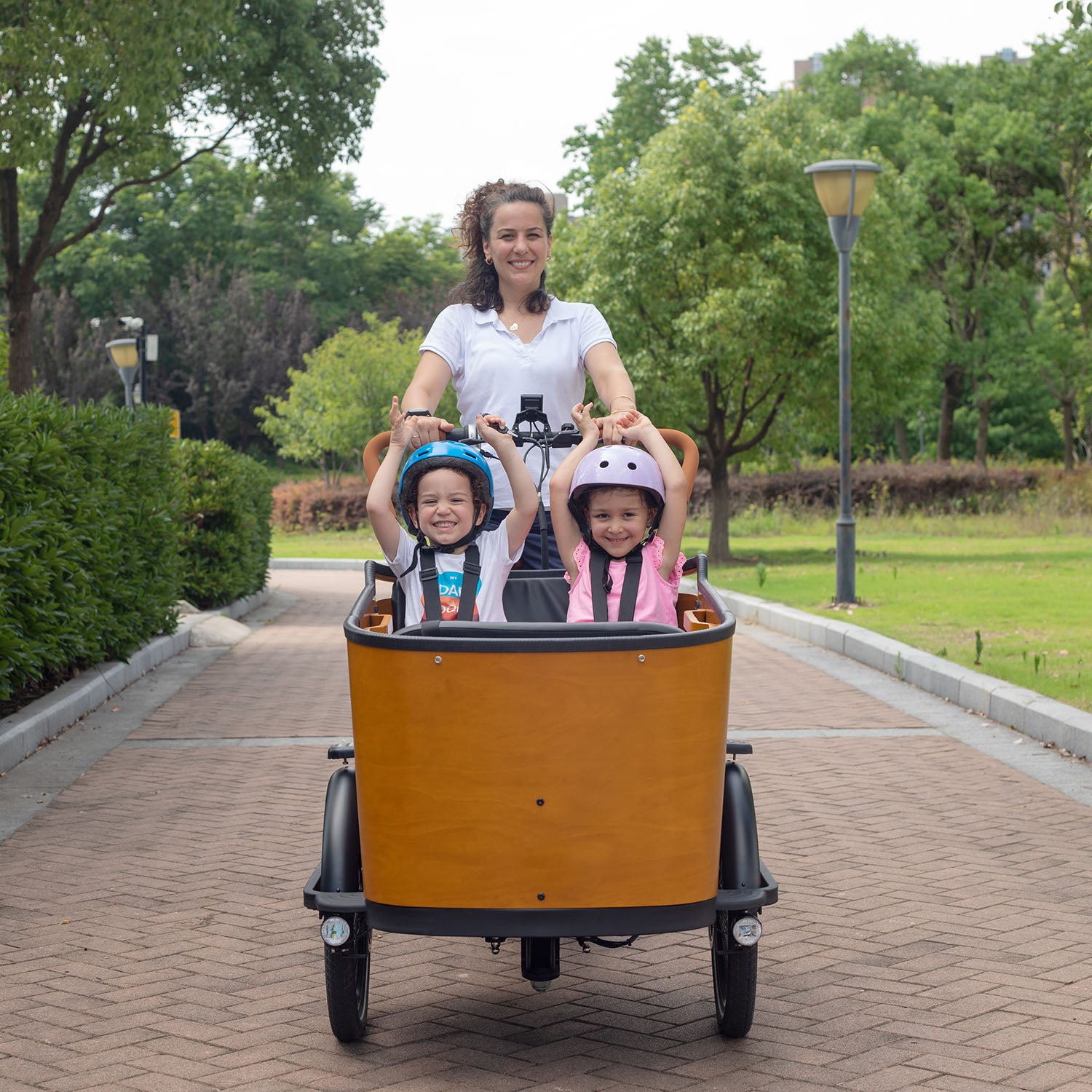

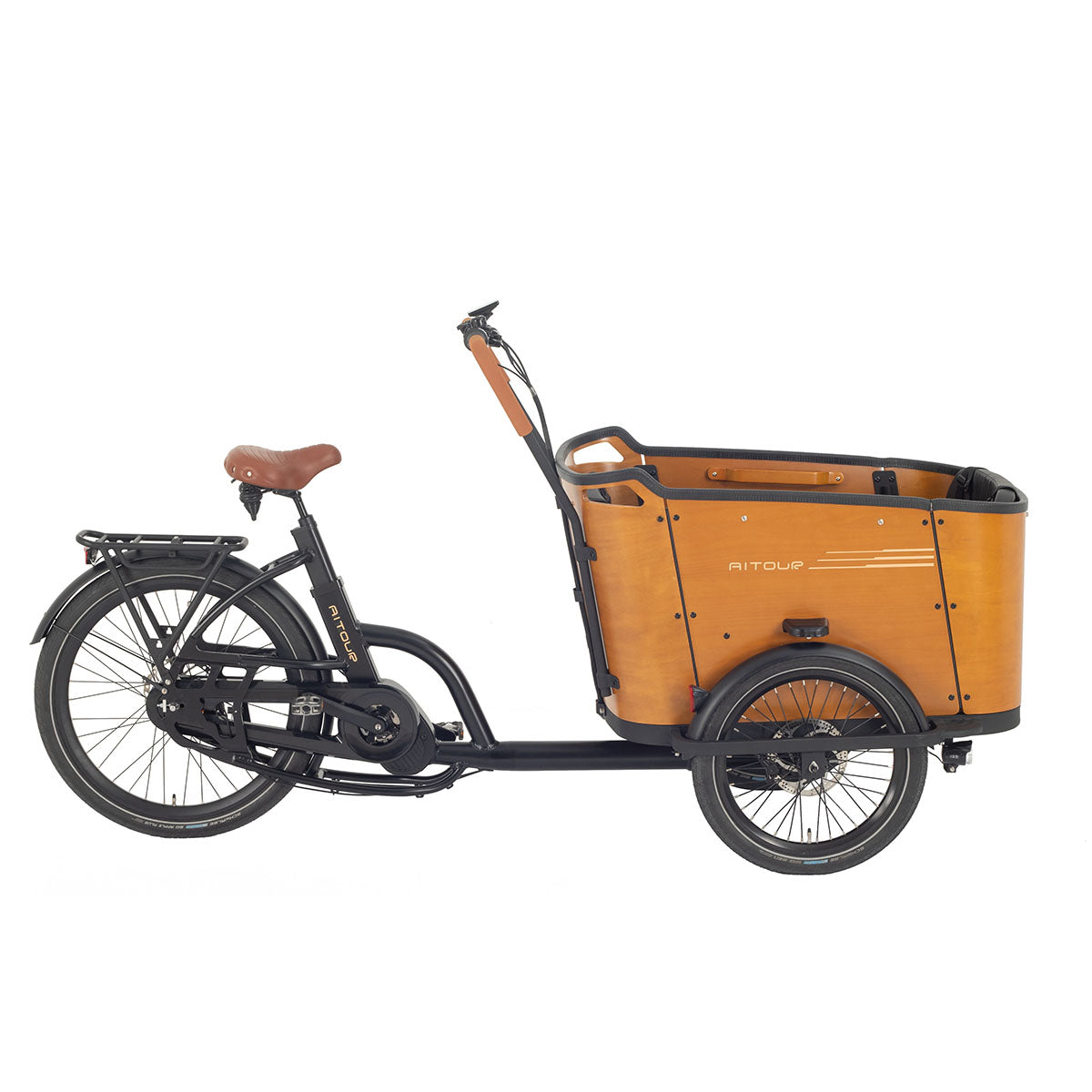
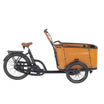
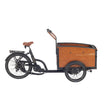
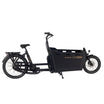
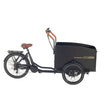

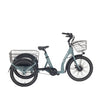



Leave a comment
All comments are moderated before being published.
This site is protected by hCaptcha and the hCaptcha Privacy Policy and Terms of Service apply.